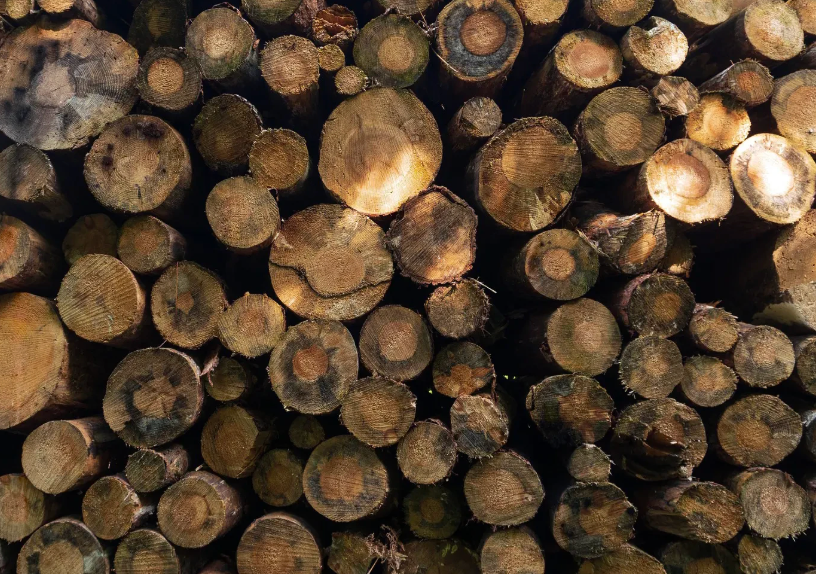Bioengineered Plants for Environmental Cleanup
- Prisha Jain

- Aug 2, 2024
- 2 min read
For centuries, humans have been aware of the harmful effects that toxins have on our environment. The idea of toxins and their various impacts has been documented since the time of the Greeks. Multiple solutions have emerged since then to clean the environment by removing pollutants and contaminants from our soil and water. Solutions have ranged from simple ideas like minimizing plastic use, to more advanced technologies like electric vehicles. However such solutions usually end up being too costly or time-consuming. Keeping this issue in mind, science developed a process known as bioremediation, which is cost-effective and has great potential to be accelerated.
Solution:
Bioremediation, a branch of biotechnology, removes toxic waste from our environment with the help of living organisms. Microorganisms such as fungi and bacteria are used to degrade harmful substances into simple compounds with little or no effect on the environment, without releasing more chemicals. This process can be done in situ (in site) or away from the site (ex-site). For this reason, any polluted soil or groundwater collected can be treated on the spot without having to worry about equipment, labor, or energy—all factors that raise costs. Due to this being an environmentally friendly approach, it does tend to take more time, as rejuvenating nature naturally is a slow task. Though boosting the microorganisms with nutrients, carbon sources, or electron sources can accelerate the time it takes to degrade the toxins. There are also multiple different strategies used as a part of bioremediation to accelerate this process.
Different Strategies:
There are multiple strategies used; listed below are the two main ones.
Phytoremediation: A commonly used technology in sites with a low or medium amount of pollution that uses vegetation instead of microorganisms. A low or medium amount of pollution is recommended to conduct this technique to ensure a fast process and maximize plant growth. The plants can help clean up many different contaminants in the soil, such as remnants of metals, pesticides, and oil. Phytoremediation uses a certain type of plant called hyperaccumulator plants, which can absorb and heap high levels of contaminants in their roots, stems, or leaves. Once the plant collects the contaminants, it then converts and releases them as simple compounds into the environment. After the site is neutralized, the plants can either be incinerated or composed of.
Mycoremediation: A form of bioremediation in which only fungi are used to degrade the contaminants in the soil. Mushrooms, a type of fungi, are commonly used as a tool in mycoremediation due to their enzymes being effective in degrading numerous types of pollutants. Mushrooms can feed and break the bonds forming the toxins to remove contaminants while remaining nontoxic with the help of their enzymatic machinery (their ability to secrete multiple different enzymes). Though this ‘enzymatic machinery’ is common in all fungi, mushrooms have recently become the more commonly used fungus due to their mycelium. Mycelium is a fungi’s root system that can absorb waste within a few weeks and helps mushrooms produce protein from different waste sites.
There are many different philosophies and techniques in play here to deal with the pollutants that have plagued the planet. The solution isn't simple and perfect yet, but as scientists strive to find the perfect economical and quick way to degrade the contaminants, bioremediation may just be our best bet.
References
A Citizen’s Guide to Phytoremediation, www.epa.gov/sites/default/files/2015-04/documents/a_citizens_guide_to_phytoremediation.pdf. Accessed 14 July 2024.
“Bioremediation: The Power of Biotech for Greening Contaminated Site Cleanups.” Bioremediation: The Power of Biotech for Greening Contaminated Site Cleanups | Environmental Law Institute, 10 Aug. 2020, www.eli.org/vibrant-environment-blog/bioremediation-power-biotech-greening-contaminated-site-cleanups#:~:text=The%20use%20of%20plants%20for,sites%20across%20the%20United%20States.
“Breaking Ground with Dynamic Accumulators.” Cornell Small Farms, 20 July 2020, smallfarms.cornell.edu/2020/07/breaking-ground-with-dynamic-accumulators/.
Ehmccoy. “Mycoremediation: How Fungi Can Repair Our Land.” Office of Sustainability - Student Blog, 3 Feb. 2022, usfblogs.usfca.edu/sustainability/2022/02/03/mycoremediation-how-fungi-can-repair-our-land/.
Kulshreshtha, Shweta, et al. “Mushroom as a Product and Their Role in Mycoremediation.” AMB Express, U.S. National Library of Medicine, 1 Apr. 2014, www.ncbi.nlm.nih.gov/pmc/articles/PMC4052754/.
Mitchell, Cory. “What Is Bioremediation and How Does It Work?” Investopedia, Investopedia, www.investopedia.com/terms/b/bioremediation.asp#:~:text=Key%20Takeaways-,Bioremediation%20is%20a%20branch%20of%20biotechnology%20that%20employs%20the%20use,%2C%20water%2C%20and%20other%20environments.. Accessed 14 July 2024.
Sang Molly, Feng Peiyuan, Chi Lu-Ping, and Zhang Wei. “The biosynthetic logic and enzymatic machinery of approved fungi-derived pharmaceuticals and agricultural biopesticides.”Royal Society of Chemistry, 23 Nov. 2022 https://pubs.rsc.org/en/content/articlelanding/2024/np/d3np00040k





Comments